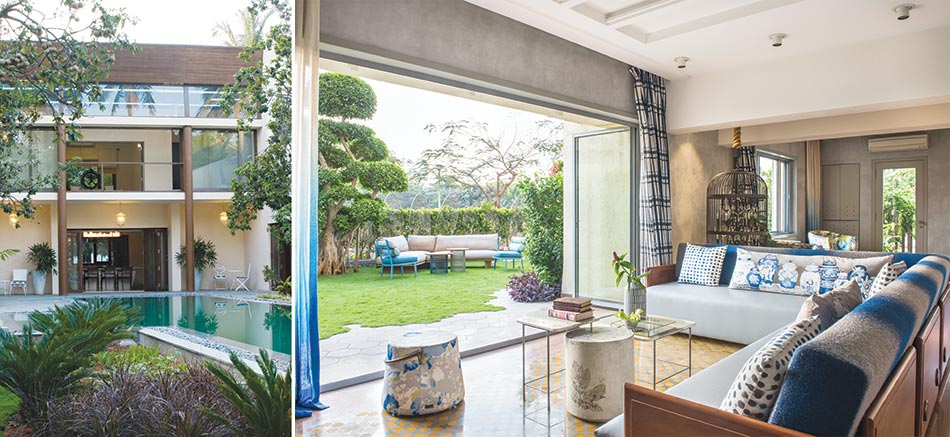
Illuminating cement - which literally lights up a path or the walls of a swimming pool – minimizes electricity consumption. Self-healing concrete fills up cracks thanks to their living pores and small capsules filled with water and concrete; the capsules burst open to fill the cracks - no need for a touch up or a mason. This product is rather satisfactory for large farmhouses. Architects and interior designers also have the advantage of programmable cement, which is designed to achieve less porous and more chemically resistant shapes.
Virtual and augmented reality project images and 3D models of an ongoing project have simplified a lot of back and forth clarifications
Advancements in products and home technology has infused a new market for fancy doors, windows, home automated systems and security. Contemporary fenestration systems with minimal hardware framing and all-glass aesthetics are in vogue. Slim sections of windows, butt glazed wall systems with no exposed exterior and vertical joint fasteners, polyurethane thermal injected moulded thermoplastic that produces and maintains thermal isolation are revolutionary products.

Fire safety rated glass and supplemental materials reduce risk of cladding and flammability to almost zero. Fire preventive alarm systems and modern software can track any mishaps in real time with CCTV cameras and security censors embedded in windows and doors, and monitored online and linked to security systems for immediate action. Automated services do not leave any spaces unattended - from light switches and speakers, to the central heating, air conditioning, and voice-controlled commands in the bathroom, for curtains, they induce comfort and convenience.
Besides solar panels on roofs, other new techniques to decrease carbon footprint are cool roofs and living roofs, which use multiple layers of soil, protective fabric, waterproof membrane and a green paver of plants to create a natural habitat and reduce acid rains. These roofs bring in ventilation together with glass facades and greenery, enhance use of natural daylight. Vertical gardens maintain the ecological balance and eco system of the surrounding.















